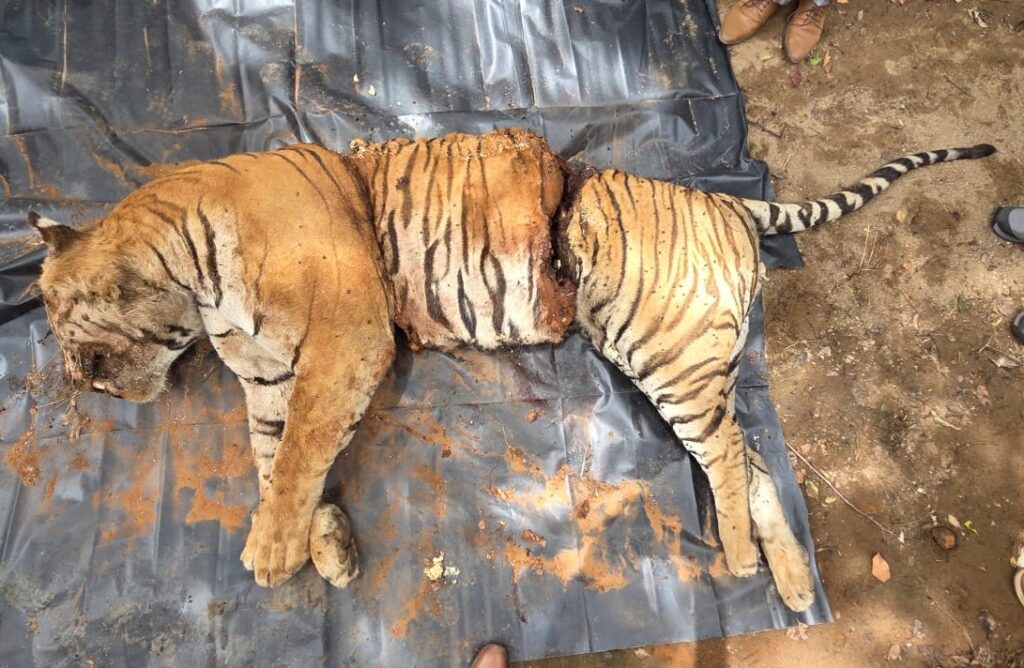
R S Tejus:
One more tiger killed in MM Hills, taking the tiger death toll in Karnataka to 14 this year. Even this killing seems to be a cruel act of revenge by locals or maybe, hired gangs.
As per National Tiger Conservation Authority (NTCA), 14 tigers have died in the state till date. And they include – Nagarhole (1), Belur-Hassan division (1), Ambigola dam, Ambigola Range (1), Bandipur Tiger Reserve (2), Bhadra Tiger Reserve (1), Cauvery Sanctuary (1) and Virajpet territorial division (1).
However, the shocking aspect that emerges from the NTCA tiger mortality statistics is – six tigers have perished in MM Hills Sanctuary alone in Karnataka. In June this year, a mother tigress with her four tiger cubs had been poisoned to death by locals in a brutal act of revenge.
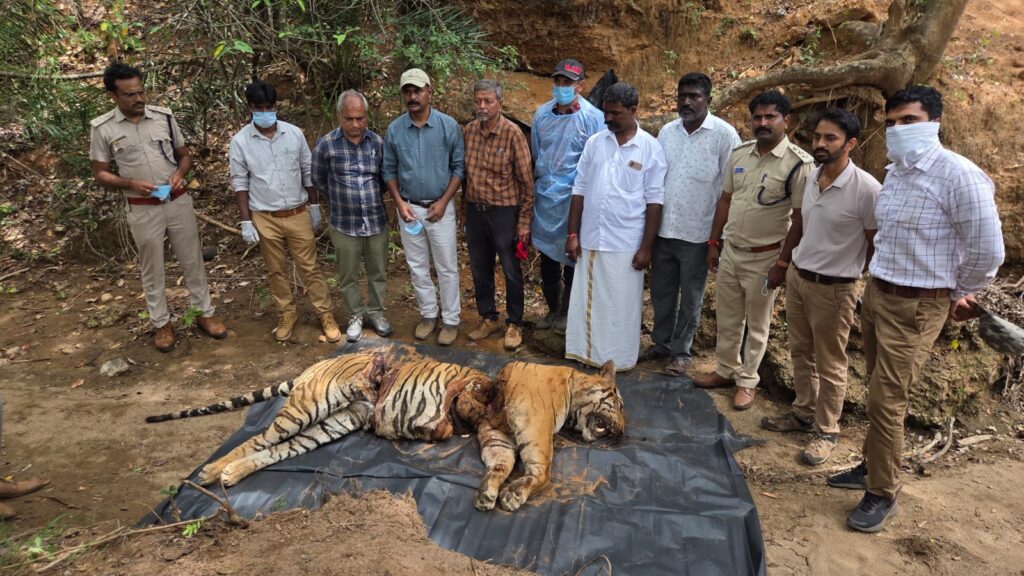
DATE RANGE DIVISION
11 Jan DB Kuppe, Nagarhole (1)
2 Feb Belur, Hassan (1)
17 Feb Ambligola, Shivamogga (1)
27 Apr Omkar, Bandipur (1)
26 Jun Hoogyam, MM Hills (1)
26 Jun Hoogyam, MM Hills (4)
26 Jun Gundre, Bandipur (1)
7 Aug Lakkavali, Bhadra (1)
11 Aug Hanur, Cauvery (1)
20 Aug Ponnampet, Virajpet (1)
2 Oct Hanur, MM Hills (1)
A CHILLING DISCOVERY
On October 2, while the nation marked Gandhi Jayanti, forest staff patrolling the Hanur beat of Hanur Range of Male Mahadeshwara (MM Hills) Sanctuary made a chilling discovery. Buried under soil near Pachchedoddi village lay the half-concealed carcass of a tiger. Its head, shoulders, and forelimbs were visible, while the rest of the body was missing. Claws and teeth remained intact, immediately raising suspicions of foul play.
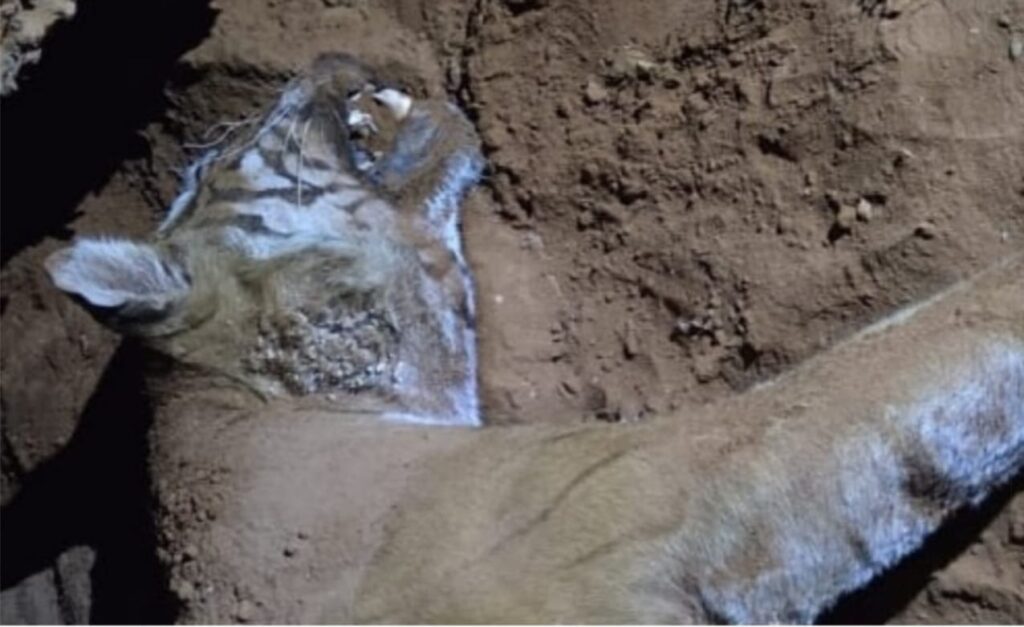
Forest officials on the ground confirmed that it was a prima facie unnatural death, with early indications pointing towards a gunshot or poisoning. The fact that the carcass was deliberately hidden under soil added to suspicion. Significantly, some sources suggested that since the body parts were intact, this may not have been a commercial poaching case but possibly an act of revenge linked to growing human-wildlife conflicts.
Though the Karnataka Forest Department registered a case and began an investigation, the death is far more than a singular crime. It reveals deep cracks in Karnataka’s wildlife protection machinery, where technology, manpower, and political will appear to falter at every step.
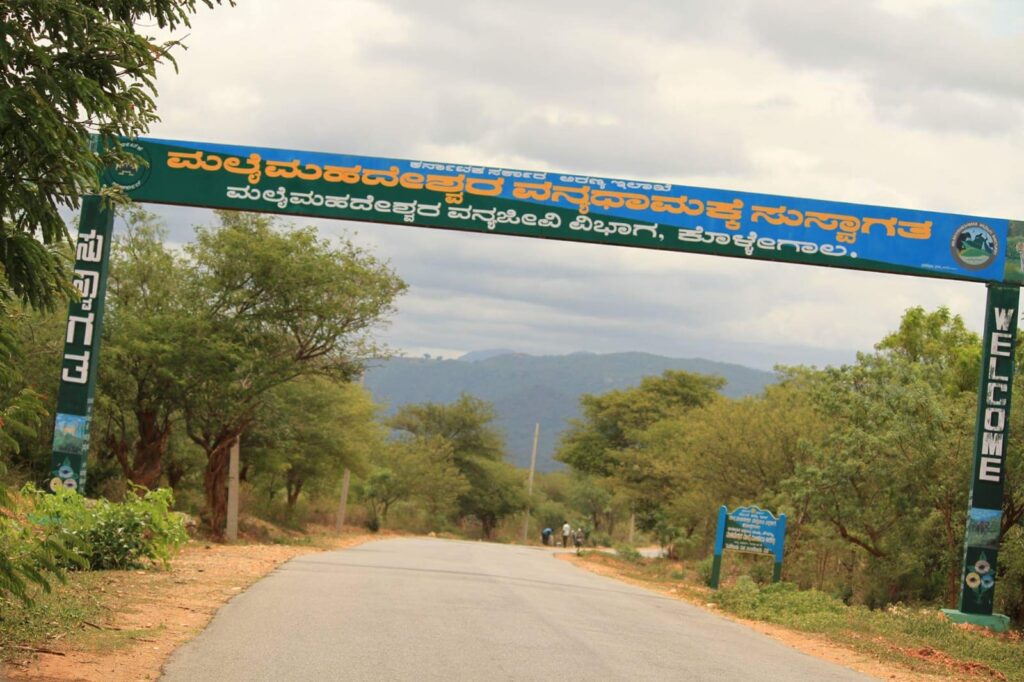
Technology Reduced to Formality
In recent years, the Karnataka Forest Department has banked on M-Stripes (Monitoring System for Tigers – Intensive Protection and Ecological Status), a mobile-based app designed to revolutionize patrolling. Guards are expected to log routes, record sightings, and upload details that reach the Deputy Conservator of Forests (DCF) weekly. On paper, it ensures accountability. In practice, insiders say it is treated as a box-ticking exercise.
“Patrolling data often goes unverified. Entries are made, but whether beats are genuinely covered or not remains doubtful. Without serious analysis, M-Stripes is only a comfort blanket, not a deterrent,” a source familiar with the system remarked. Conservationists argue that a higher-level inquiry into M-Stripes usage is urgently needed to expose whether it is being implemented effectively or reduced to bureaucratic ritual.
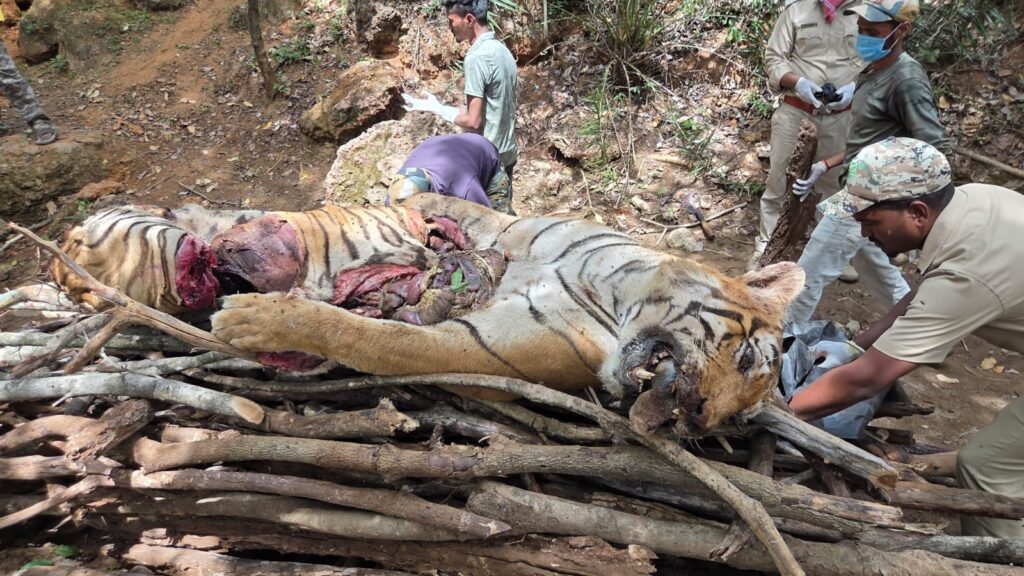
Social Media – A New Hunting Ground for Poachers
The rise of smartphones and social media has created unintended dangers for wildlife. Tourists, photographers, and even local residents often post real-time updates of tiger sightings, sometimes tagging locations with precision. While innocent in intent, these posts have become valuable intelligence for inter-state poaching syndicates.
“These gangs don’t have to track pugmarks anymore. They scroll through Instagram and Facebook. Once they know where a tiger was sighted, they can set snares or lay poison in strategic spots,” a conservationist explained.
Forest officials privately admit they lack a system to monitor or regulate such an open exposure of tiger details and location on the social media. Unlike other sensitive zones in India, MM Hills has no dedicated cyber-monitoring team. Experts suggest that unless the department learns to track and counter digital footprints, poachers will always remain a step ahead.
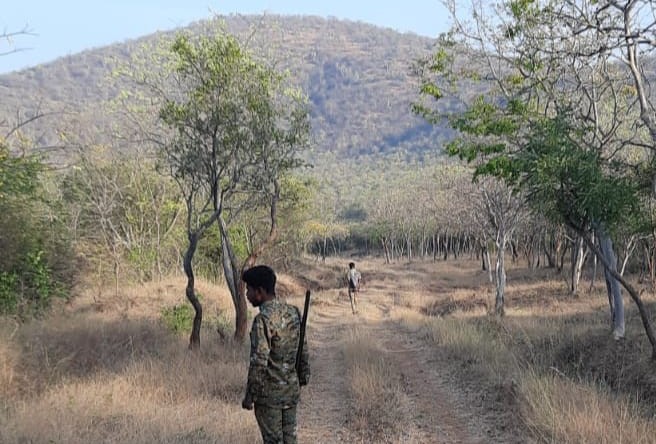
Staff Shortages, Low Morale, and Corruption
Frontline forest staff remain the weakest link in tiger protection. Despite MM Hills being one of Karnataka’s richest wildlife landscapes, the Karnataka Forest Department faces severe staff shortages. Many beats are inadequately covered, while equipment remains outdated. Beat Forester and forest staff tasked with confronting armed poachers often lack even basic protective gear let alone equipment.
The result is not just inefficiency but demoralization. “Why would anyone risk their life for a poorly paid job with no security? Many forest staff see it as thankless job,” said a retired officer.
Allegations of corruption add another layer of rot. From illegal grazing to timber smuggling, small compromises at the local level build into larger vulnerabilities that organized poacher gangs’ exploit. Without motivation, oversight, and transparency, the system appears ill-equipped to shield its tigers.
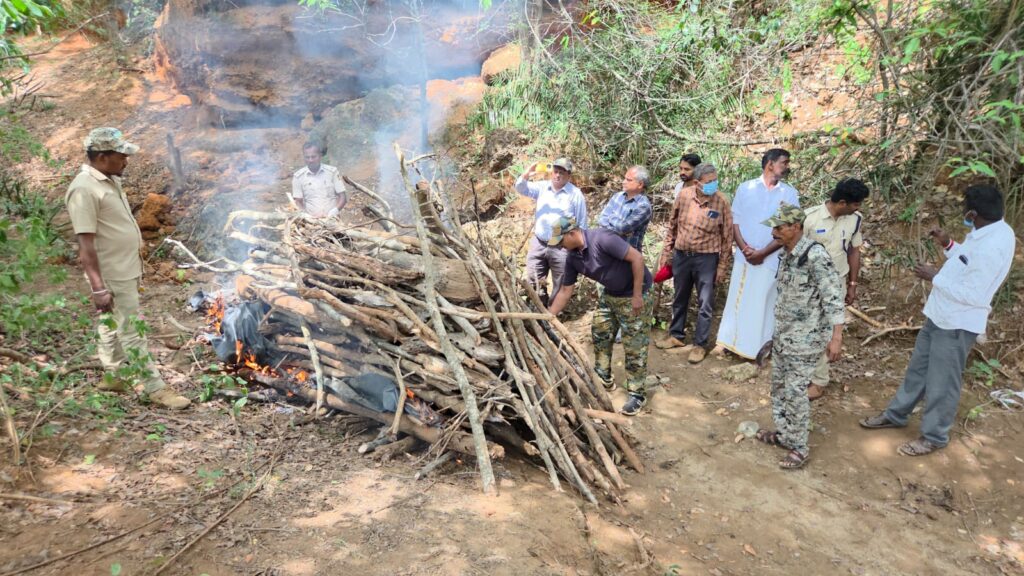
Revenge Killings and Human-Wildlife Conflict
This case has another disturbing possibility. Since the carcass had its claws and teeth intact, some sources believe it may not have been a commercial poaching attempt. Instead, it could be a case of revenge killing, a symptom of escalating human–wildlife conflict in Hanur.
Crop raids, cattle lifting, and occasional attacks on villagers have created resentment. In the absence of timely compensation or conflict-mitigation, villagers may take matters into their own hands. Poisons laced in carcasses or targeted shooting of tigers are not unknown in conflict zones.
Without better community engagement, conflict resolution, and faster compensation, tigers will continue to be seen as enemies rather than shared heritage.
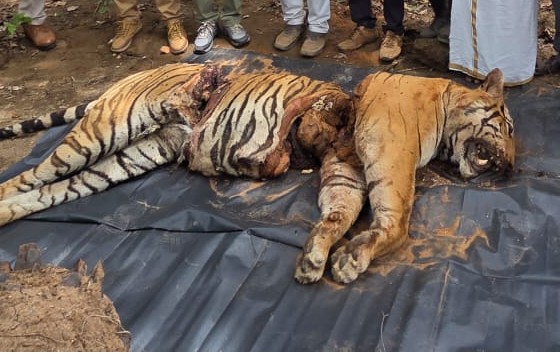
Political Indecision and a Lost Opportunity
The death also reopens a larger question – why has MM Hills still not been declared a Tiger Reserve? The region is ecologically critical, forming a corridor that connects Cauvery Sanctuary, BRT Tiger Reserve, and Sathyamangalam Tiger Reserve in Tamil Nadu. Such connectivity is vital for gene flow and long-term tiger survival.
Yet, proposals to upgrade MM Hills to a Tiger Reserve have been stalled for years, largely due to regional political tussles and local opposition. Without Tiger Reserve status, the sanctuary misses out on increased funding, staffing, and dedicated anti-poaching units that come with it.
The result is a sanctuary rich in tigers but poor in protection – maybe, a “burial ground” for big cats, as some conservationists now describe it. This latest killing marks the sixth tiger death in MM Hills in recent years, underlining the urgency of stronger protection.
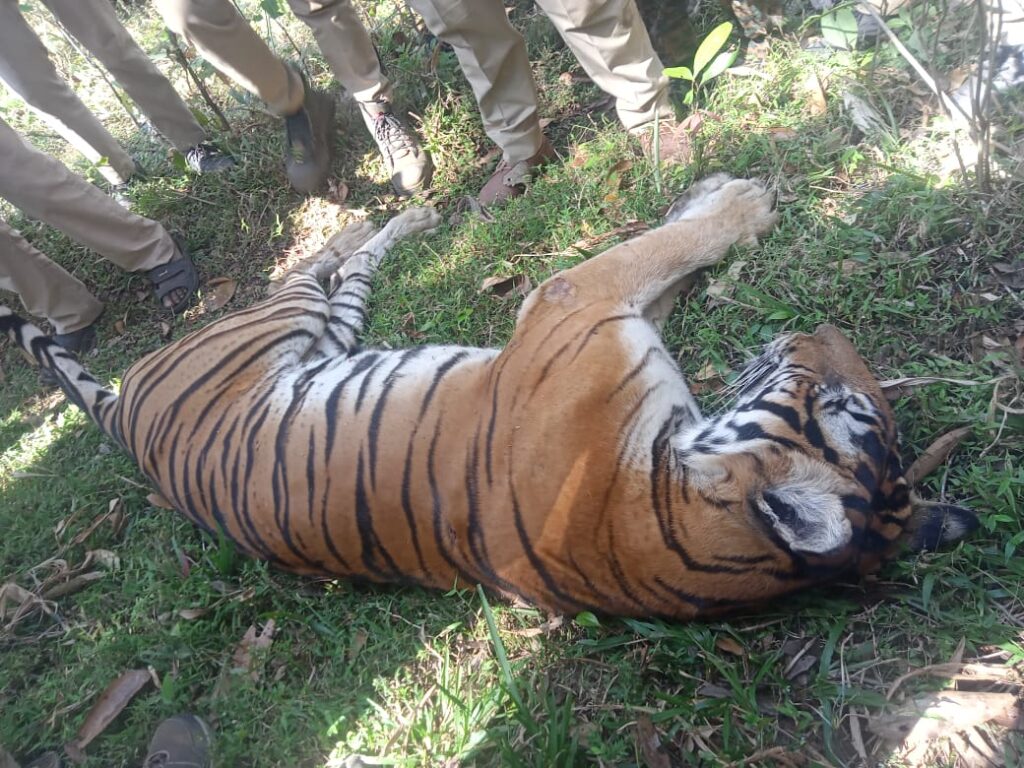
Empty Promises, Growing Losses
Each time a tiger is lost, ministers promise reform. After the October 2 killing, Forest, Ecology & Environment Minister Eshwar B. Khandre has ordered a PCCF-led probe and assured stringent measures. But ground reality tells another story. “After every death, we hear of betterment. But that betterment is always tomorrow, never today,” said a conservationist.
Eshwar Khandre said, “This incident should not have happened. Those who are responsible for this either within the forest department or outside, we will ensure that justice is delivered. Earlier even after the 5 tiger deaths, we have taken necessary actions. This time too, we will take very strict action. And I’ll call upon a meeting with the department to discuss about the recurrence of such incidents.”

TIGERS – THE PRIDE OF KARNATAKA?
For Karnataka, which prides itself on being home to the second largest tiger population in India, such failures risk undermining its legacy. Unless systemic flaws – misuse of technology, unchecked social media exposure, staff apathy, corruption, and political inaction are addressed, tiger deaths will continue to punctuate headlines every day.
For now, the soil of MM Hills hides another tiger. But beyond the carcass lies a bigger truth: Karnataka’s forests are fighting not just poachers, but their own collapsing institutions.
